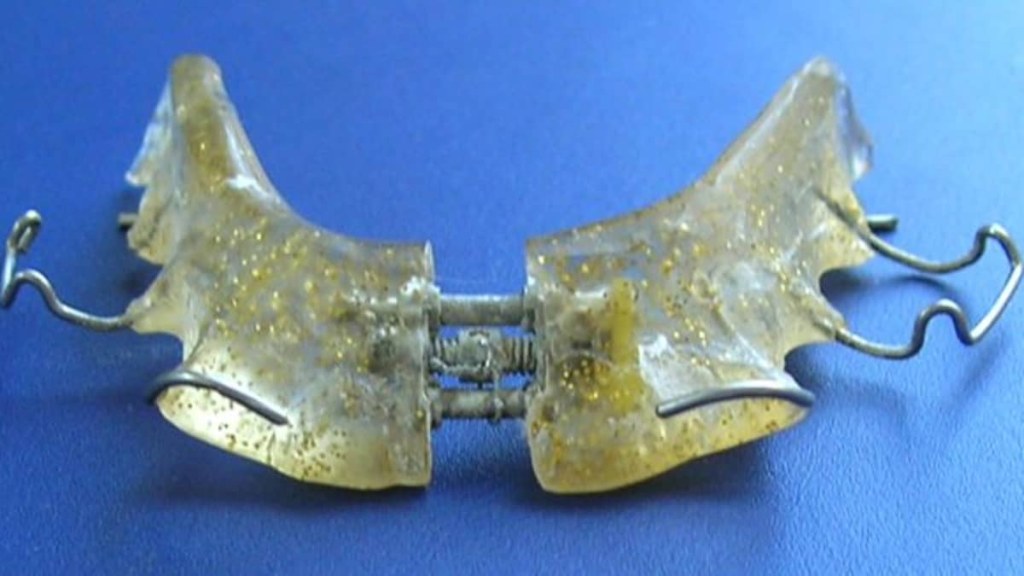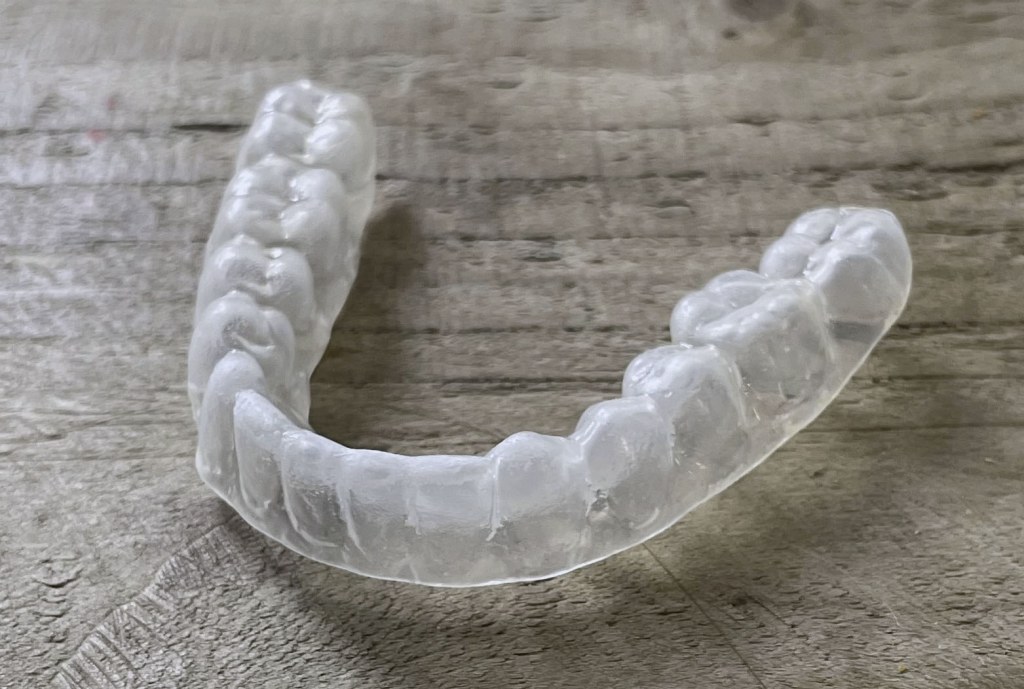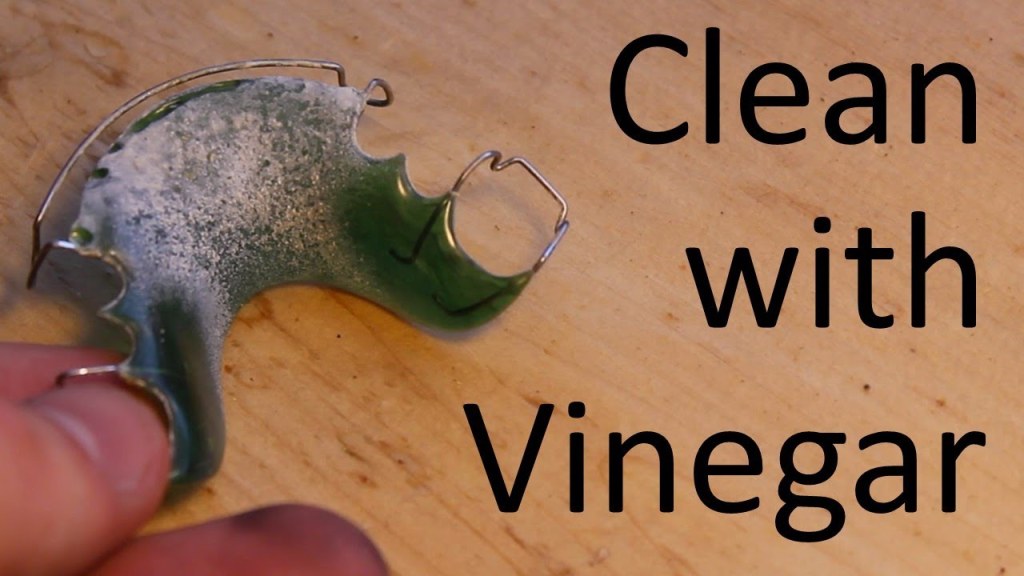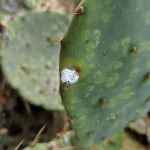Unveiling The Mystery: Why Is There White Stuff On My Retainer? Get Instant Answers Now!
Why is There White Stuff on My Retainer?
Introduction
Welcome, Smart Peoples! If you’ve ever wondered why there is white stuff on your retainer, you’re not alone. Many people encounter this issue and are unsure of what it is or how to prevent it. In this article, we will explore the reasons behind the white stuff on your retainer and provide useful information to help you maintain a clean and healthy retainer. So, let’s dive in and find out what causes this white substance!
3 Picture Gallery: Unveiling The Mystery: Why Is There White Stuff On My Retainer? Get Instant Answers Now!



What Causes the White Stuff?
🔍 The white stuff that accumulates on your retainer is most likely plaque or tartar buildup. Plaque is a sticky film of bacteria that forms on your teeth and can also accumulate on your retainer. Over time, if not cleaned properly, plaque can harden into tartar, which appears as a white or yellowish substance on your retainer.

Image Source: saymedia-content.com
🔍 Another possible cause of the white stuff on your retainer is the buildup of calcium deposits. These deposits can form when saliva interacts with the minerals present in your retainer, leading to the formation of a white, chalky substance.
🔍 It is also important to consider your oral hygiene habits. If you are not properly brushing and flossing your teeth, bacteria and food particles can accumulate on both your teeth and your retainer, resulting in the formation of the white stuff.

Image Source: nitrocdn.com
🔍 Lastly, the white stuff on your retainer could be a result of fungal or yeast overgrowth. These microorganisms thrive in warm and moist environments, such as your mouth, and can lead to the development of white patches on your retainer.
Who is Affected by This Issue?
🔍 Anyone who wears a retainer is susceptible to the accumulation of the white stuff. This includes people who have recently had braces removed and are required to wear a retainer to maintain the alignment of their teeth.

Image Source: ytimg.com
🔍 Additionally, individuals who wear removable retainers, such as Essix or Hawley retainers, may be more prone to experiencing this issue due to the nature of these retainers, which can easily trap plaque and bacteria.
When Does the White Stuff Appear?
🔍 The white stuff on your retainer can appear at any time while you are wearing it. However, it is more likely to develop if you do not clean your retainer regularly or if you have poor oral hygiene habits.
🔍 Some individuals may notice the white substance immediately after wearing their retainer, while others may only notice it after a few days or weeks of wearing it. Regular inspection and cleaning of your retainer can help prevent the buildup of the white stuff.
Where Does the White Stuff Come From?
🔍 The white stuff on your retainer originates from various sources. As mentioned earlier, plaque and tartar buildup on your teeth can transfer to your retainer, leading to the formation of the white substance.
🔍 Additionally, the bacteria present in your mouth can also contribute to the development of the white stuff on your retainer. These bacteria produce acid, which can erode the surface of your retainer and create an environment conducive to the growth of microorganisms.
🔍 Furthermore, the minerals present in your saliva can interact with the materials of your retainer, causing the formation of calcium deposits and the subsequent appearance of the white stuff.
Why Should You Be Concerned?
🔍 The presence of the white stuff on your retainer is not only aesthetically displeasing but can also pose potential health risks. The accumulation of plaque, tartar, or fungal overgrowth can lead to bad breath, tooth decay, gum disease, and even oral infections.
🔍 Additionally, the white substance on your retainer can affect its effectiveness in maintaining the alignment of your teeth. If left untreated, it may require additional dental visits and prolong the duration of wearing a retainer.
How Can You Prevent the White Stuff?
🔍 To prevent the buildup of the white stuff on your retainer, it is crucial to establish a proper oral hygiene routine. This includes brushing your teeth thoroughly twice a day, flossing daily, and cleaning your retainer regularly.
🔍 When cleaning your retainer, avoid using toothpaste or mouthwash, as they can be abrasive and damage the retainer’s material. Instead, use a mild soap or retainer cleaner recommended by your dentist.
🔍 It is also essential to remove your retainer before eating or drinking anything other than water, as food particles and beverages can contribute to the accumulation of the white substance.
🔍 Lastly, make sure to visit your dentist regularly for check-ups and professional cleanings. They can assess the condition of your retainer and provide guidance on proper care and maintenance.
Advantages and Disadvantages of Wearing a Retainer
🔍 Advantages:
1. Retainers help maintain the alignment of your teeth after orthodontic treatment.
2. They can prevent the shifting of teeth, ensuring long-lasting results from orthodontic treatment.
3. Retainers are usually comfortable to wear and do not interfere with your daily activities.
4. They are removable, making it easier to clean your teeth and retainer.
5. Wearing a retainer can boost your confidence by preserving the straightness of your smile.
🔍 Disadvantages:
1. Retainers require consistent wear to be effective, which can be difficult for some individuals.
2. They may cause temporary speech difficulties, particularly when first wearing a retainer.
3. Retainers may be lost or damaged, leading to additional expenses for replacement.
4. Some individuals may experience discomfort or soreness when wearing a retainer for extended periods.
5. Improper care and maintenance of a retainer can result in the accumulation of the white stuff and potential oral health issues.
Frequently Asked Questions
1. How often should I clean my retainer?
You should clean your retainer at least once a day to remove any bacteria or plaque buildup. Ideally, clean your retainer after meals as well.
2. Can I use vinegar to clean my retainer?
No, vinegar can be too acidic and may damage the materials of your retainer. Stick to using a mild soap or a retainer cleaner recommended by your dentist.
3. Is it normal for my retainer to smell bad?
No, a foul smell from your retainer may indicate the presence of bacteria or fungal overgrowth. Clean your retainer thoroughly, and if the smell persists, consult your dentist.
4. Can I wear my retainer while playing sports?
It is not recommended to wear your retainer while playing sports, as it may get damaged or cause injury to your mouth. Consult your dentist for a suitable mouthguard if necessary.
5. How long should I wear my retainer?
Your dentist or orthodontist will provide specific instructions on how long you should wear your retainer each day. Typically, it is recommended to wear it full-time initially, then gradually decrease to nighttime wear.
Conclusion
In conclusion, the white stuff on your retainer is most likely plaque or tartar buildup, calcium deposits, or fungal overgrowth. It is important to clean your retainer regularly and maintain good oral hygiene habits to prevent its formation. Remember to visit your dentist regularly for check-ups and professional cleanings to ensure the health and effectiveness of your retainer. By taking proper care of your retainer, you can maintain a clean and healthy smile. So, don’t let the white stuff linger on your retainer and take action to keep it fresh and bacteria-free!
Final Remarks
🔔 The information provided in this article is for educational purposes only and is not a substitute for professional dental advice. Consult your dentist for personalized guidance on maintaining a clean and healthy retainer. Remember to follow proper oral hygiene habits and take care of your retainer to ensure optimal oral health. Stay committed to your oral care routine and enjoy the benefits of a beautiful smile!
This post topic: Stuff


